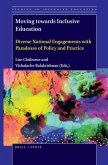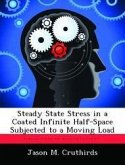Ever since the United States beat the Soviet Union in the space race, the United States has lived with an illusion of space superiority. In military terms, this means that the United States has enjoyed both freedom of action and freedom from action in space. The Chinese shoot-down of the FY-1C satellite on January 11, 2007 forced the United States to look over its shoulder, and when it did, the United States realized that not only was the race still on, but the dragon and others were rapidly gaining ground. One year later the United States responded by shooting down the US-193 satellite in what may be the opening volley of a new contest to control space. The 2007 Chinese anti-satellite (ASAT) test clearly shows that other nations are aware of the US dependence on space and some of them may be unwilling to let US space superiority go unchallenged. In order to maintain freedom of action in space, the United States must move beyond the present paradigm of space situational awareness and towards one of comprehensive space situational knowledge.
Hinweis: Dieser Artikel kann nur an eine deutsche Lieferadresse ausgeliefert werden.
Hinweis: Dieser Artikel kann nur an eine deutsche Lieferadresse ausgeliefert werden.








